By Chris Woolston
Given time, any brain can succumb to dementia — memories fade, thoughts scatter, basic abilities wither on the vine. Brains don’t come with lifetime guarantees, but there is one major step you can take to protect yourself from Alzheimer’s or other causes of mental decline: exercise your body.
Nothing protects the brain quite like regular exercise, says Jennifer Heisz, a cognitive neuroscientist at McMaster University in Ontario, Canada. Not crossword puzzles, not supplements, not prescription medications. Exercise seems to beat them all, reducing the risk of Alzheimer’s disease or cognitive decline by about 35% to 45%, according to the latest evidence.
“It’s a strong message,” Heisz says. “We have control over our dementia risk.”
Here’s another way to look at it: People who don’t exercise as they age are taking a gamble. In a study of more than 1,600 older adults published in January in the Journal of Alzheimer’s Disease, Heisz and colleagues found that a lack of exercise was about as risky as having certain types of genes that raise the risk of Alzheimer’s. Genes are forever, but exercise habits can change.
Heisz’s study found that exercise didn’t seem to prevent dementia in older people who carried the types of genes that make Alzheimer’s more likely. She says that’s probably because disease-related brain damage had already progressed past the point of no return. But if they had exercised in their 30s or 40s, she adds, some of them might have been able to delay or perhaps even prevent the disease. “It seems to be easier to prevent the damage than to reverse it,” she says.
Exercise enhances the release of chemicals known as nerve growth factors that help brain cells function properly, say Teresa Liu-Ambrose, director of the Aging, Mobility and Cognitive Neuroscience Laboratory at the University of British Columbia in Vancouver, Canada. Nerve growth factors probably also help build new brain cells, giving the brain an extra cushion against age-related losses. Studies in rodents show that exercise encourages formation of new brain cells in the hippocampus, an organ in the medial temporal lobe of the brain that plays an important role in memory.
“It’s like investing in a retirement fund for the brain,” Liu-Ambrose says.
Exercise enhances blood flow to the brain, which can help keep it heathy and nourished. Liu-Ambrose notes that exercise also helps prevent hypertension and diabetes, which are two major risk factors for dementia.
For reasons that aren’t clear, exercise seems to be especially helpful for female brains, she says. That might make a good workout even more important because women are generally more vulnerable to Alzheimer’s disease compared with men of the same age. According to the Alzheimer’s Assn., two-thirds of Americans with the disease are women.
There’s no particular type of exercise that seems to be best for the brain. Heisz notes that most of the subjects in her study walked three times a week. “It could be as simple as that,” she says. About 2.5 hours of moderate to vigorous aerobic exercise every week would be a reasonable goal, she says.
“Even a 15-minute walk per day would be much better than doing nothing at all,” Liu-Ambrose says. “People just need to do it.”
Source: http://www.latimes.com/science/la-he-hl-brain-exercise-connection-20170518-story.html







